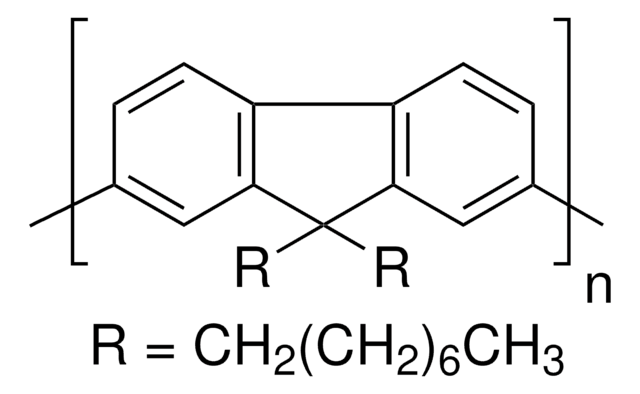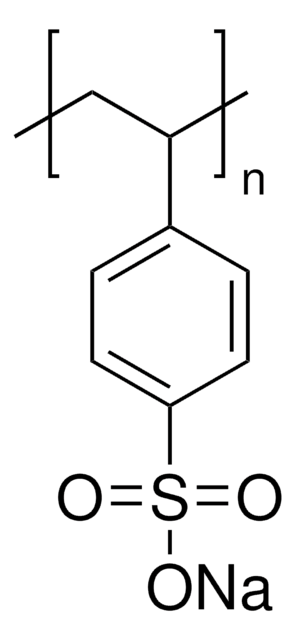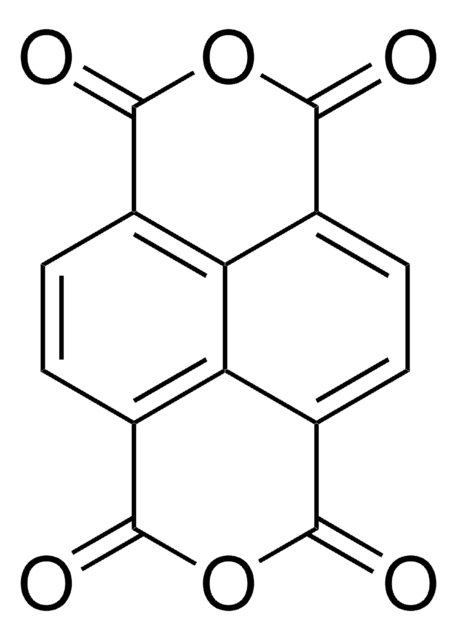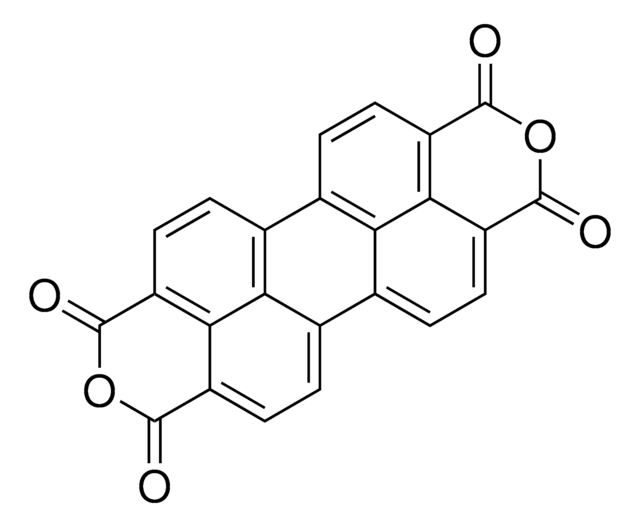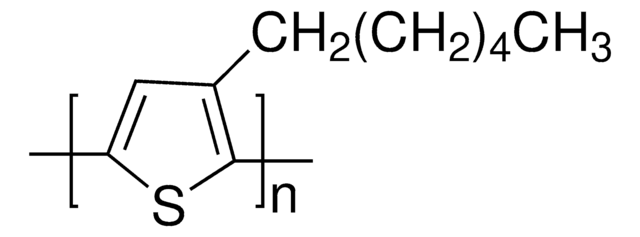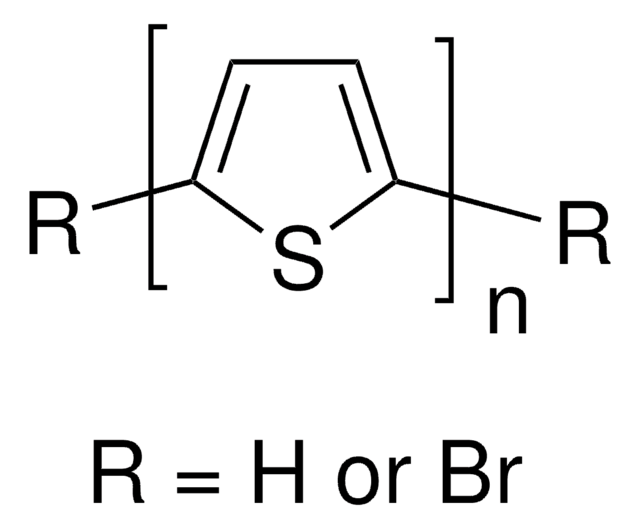445711
Poly(3-octylthiophene-2,5-diyl)
regioregular
Sinonimo/i:
P3OT
About This Item
Prodotti consigliati
Livello qualitativo
PM
average Mn ~34,000
Colore
black
Conducibilità
1 × 10-6 S/cm
~1 × 103 S/cm (when doped with iodine)
Punto di fusione
190 °C
198-211 °C
Fluorescenza
λex 442 nm; λem 562 nm in chloroform
Prestazioni di un dispositivo OPV
ITO/PEDOT:PSS/P3OT:PC61BM (1:2)/LiF/Al
Caratteristiche del semiconduttore
P-type (mobility=1E-4-1E-1)
Stringa SMILE
[s]1cc(cc1)CCCCCCCC
InChI
WQYWXQCOYRZFAV-UHFFFAOYSA-N
Cerchi prodotti simili? Visita Guida al confronto tra prodotti
Categorie correlate
Descrizione generale
Applicazioni
Rechargeable battery electrodes, electrochromic devices, chemical and optical sensors, light-emitting diodes, microelectrical amplifiers, field-effect transistors and non-linear optical materials.
Caratteristiche e vantaggi
Confezionamento
Note legali
Rieke is a registered trademark of Rieke Metals, Inc.
Codice della classe di stoccaggio
11 - Combustible Solids
Classe di pericolosità dell'acqua (WGK)
WGK 3
Punto d’infiammabilità (°F)
Not applicable
Punto d’infiammabilità (°C)
Not applicable
Dispositivi di protezione individuale
Eyeshields, Gloves, type N95 (US)
Scegli una delle versioni più recenti:
Possiedi già questo prodotto?
I documenti relativi ai prodotti acquistati recentemente sono disponibili nell’Archivio dei documenti.
I clienti hanno visto anche
Articoli
Polymer-based Materials for Printed Electronics: Enabling High Efficiency Solar Power and Lighting
The application of conducting polymers at the interface with biology is an exciting new trend in organic electronics research.
Intrinsically stretchable active layers for organic field-effect transistors (OFET) are discussed. Polymer structural modification & post-polymerization modifications are 2 methods to achieve this.
Global Trade Item Number
| SKU | GTIN |
|---|---|
| 445711-1G | 4061832284026 |
Il team dei nostri ricercatori vanta grande esperienza in tutte le aree della ricerca quali Life Science, scienza dei materiali, sintesi chimica, cromatografia, discipline analitiche, ecc..
Contatta l'Assistenza Tecnica.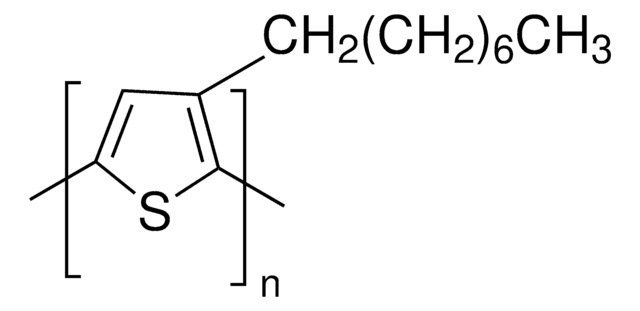

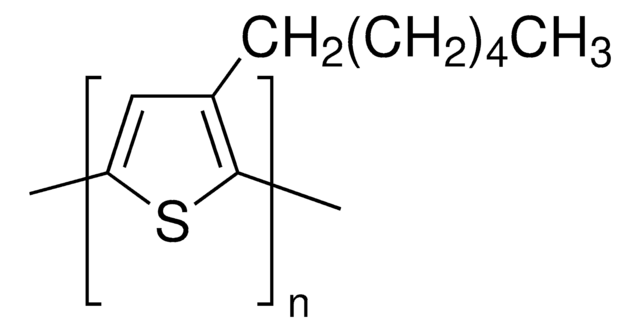
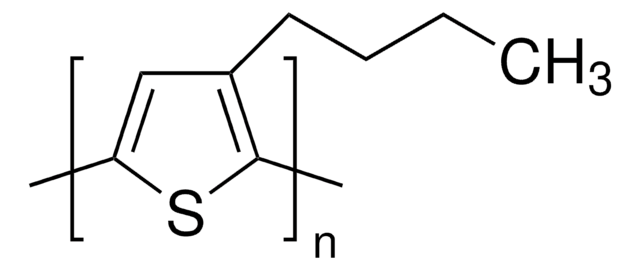
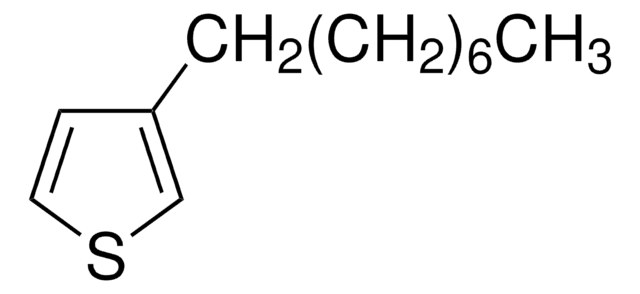
![Poly[2-methoxy-5-(2-ethylhexyloxy)-1,4-phenylenevinylene] average Mn 40,000-70,000](/deepweb/assets/sigmaaldrich/product/structures/344/488/b8f8179d-3970-4deb-a754-adda88cdb36f/640/b8f8179d-3970-4deb-a754-adda88cdb36f.png)
